How To Reduce HDMI Input Lag From Console to TV: 12 Quick Solutions
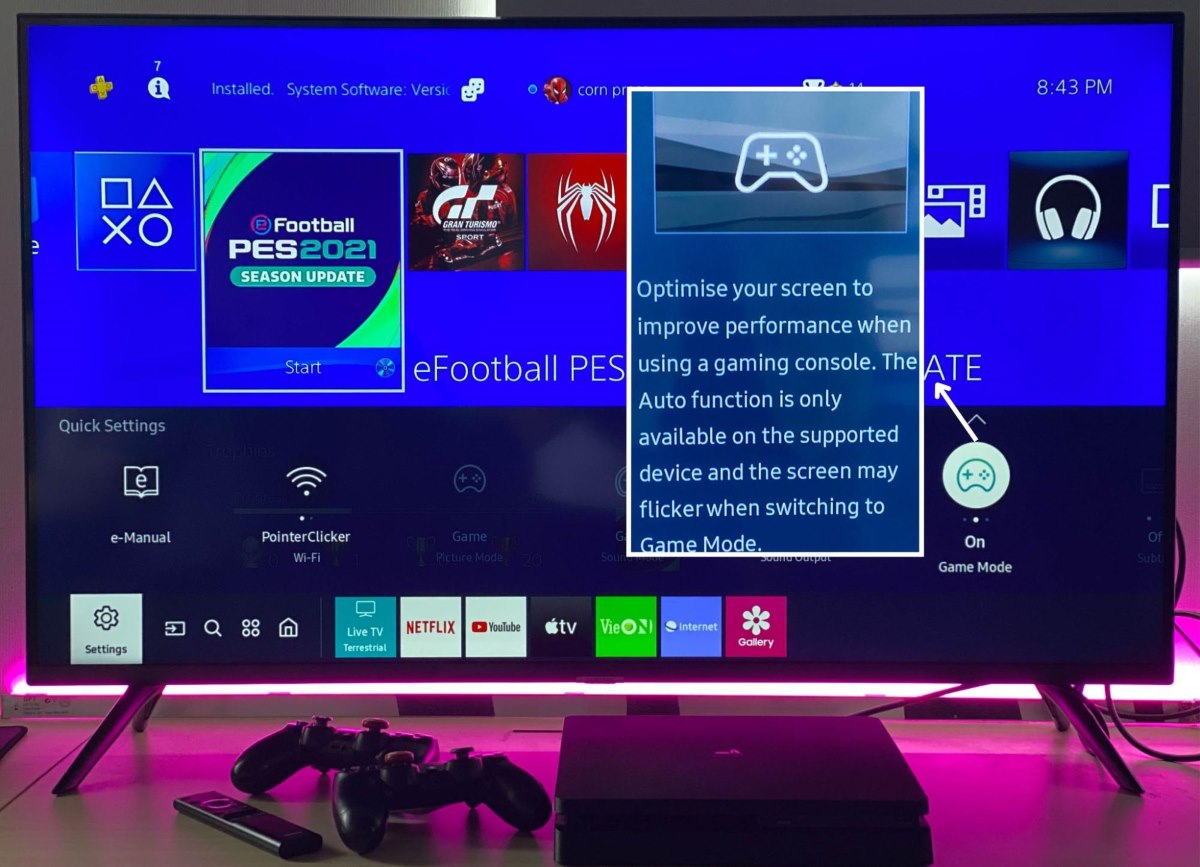
What To Know
- Turning on “Game Mode” and changing the HDMI input label to “PC” on your TV can significantly reduce HDMI input lag, enhancing your gaming experience.
- Disabling extra features like Noise Reduction, Motion Smoothing, and HDMI CEC, as well as avoiding the use of adapters, can help lower input lag and improve response time.
- For optimal performance, test different HDMI ports, use high-quality HDMI cables, consider external speakers, lower game resolution, and if possible, upgrade to a newer TV model with advanced gaming features.
In this guide, I’ll show you 12 quick solutions to reduce HDMI input lag when connecting game consoles to your TV for gaming.
Let’s dive in!
Quick Navigation
- 1. Turn “Game Mode” On
- 2. Change the HDMI Input Label to “PC”
- 3. Disable Noise Reduction
- 4. Disable Motion Smoothing
- 5. Turn Off HDMI CEC
- 6. Test Multiple HDMI Display Ports
- 7. Use a Good-Quality HDMI Cable
- 8. Turn Off the Ambient Screen & Saving Power Settings
- 9. Avoid Using Intermediate Adapters
- 10. Lower Your Game’s Resolution
- 11. Use External Speakers
- 12. Upgrade to a Newer TV Model
1. Turn “Game Mode” On
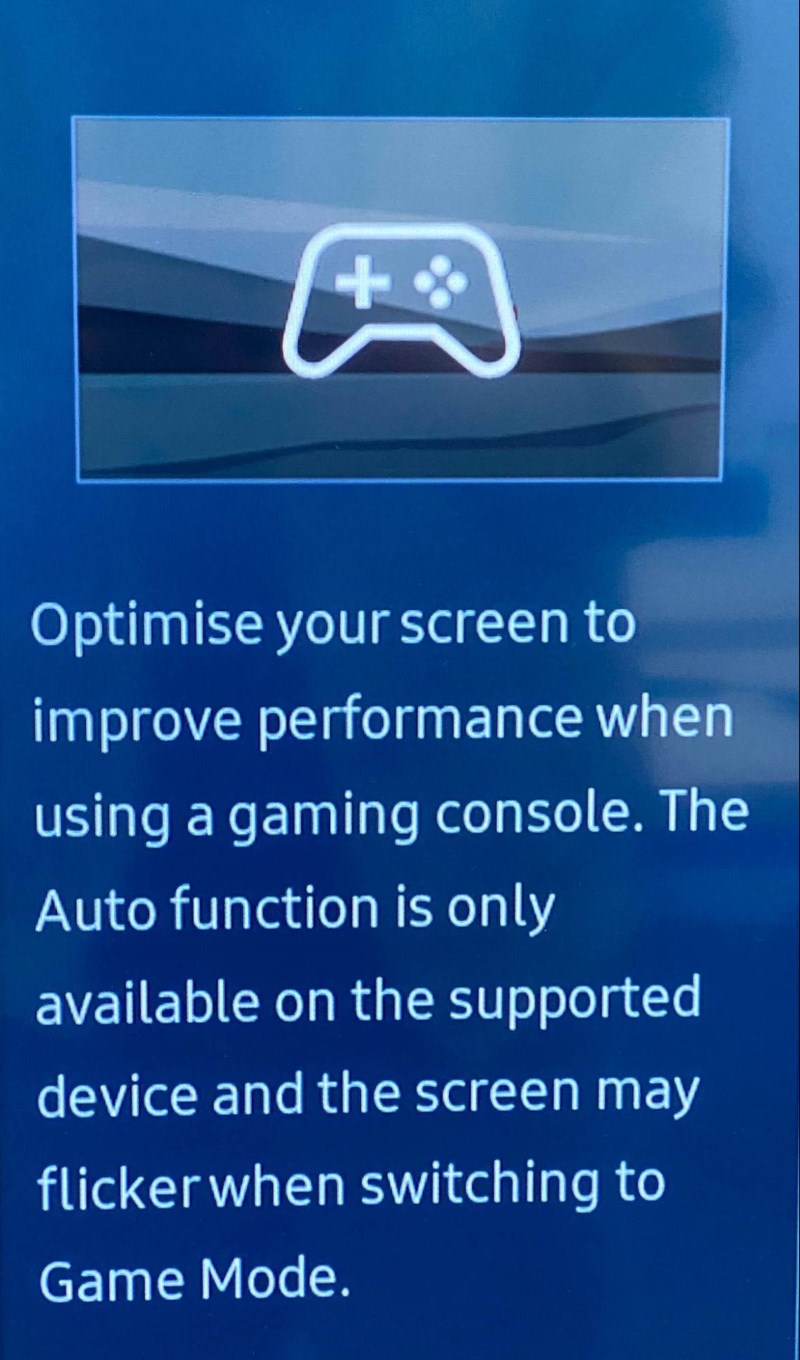
The first thing you can do to reduce HDMI input lag is to turn on the Game Mode on your TV.
This will remove all additional graphical features, allowing you to enjoy whatever you’re doing without any disturbances.
Depending on the specific model of your TV, the input lag may reduce up to 10- 50 milliseconds after turning the Game Mode on.
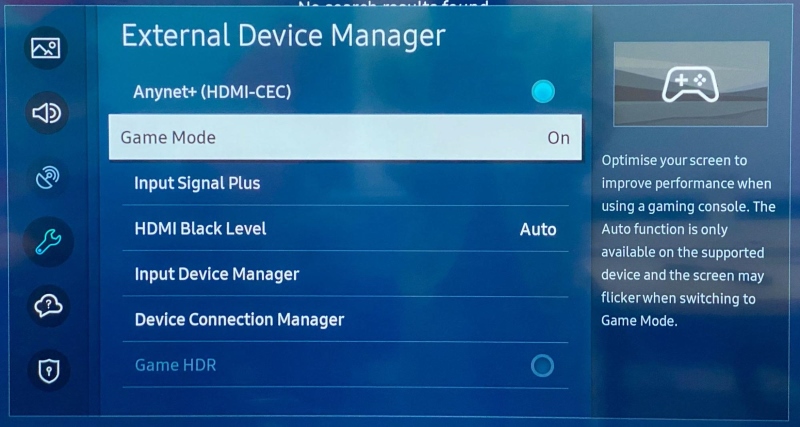
Here’s a summary table showing how to activate Game Mode on popular TV brands:
| Samsung | Settings > External Device Manager > Turn on Game Mode |
| Sony | Settings > Display & Sound > Picture > Picture mode > Game |
| LG | Settings > All Settings > General > Turn on Game Optimizer |
| TCL | Settings > System > Turn on Game Mode |
| Roku | Settings > TV Inputs > Select the current HDMI input > Select Standard mode > Turn on ALLM (Auto Low Latency Mode) |
2. Change the HDMI Input Label to “PC”
Some users on Reddit have found that changing the game console’s HDMI input label to “PC” on your TV can actually make games run smoother.
This works because when you switch the label to “PC,” your TV stops doing extra work on the picture, which can cause delays, also known as input lag.
Most TVs have preset labels like “PC,” “Game Console,” and “Blu-ray Player” to make it easier to manage different devices.
It’s like giving each device its own special name, so your TV knows how to treat them.
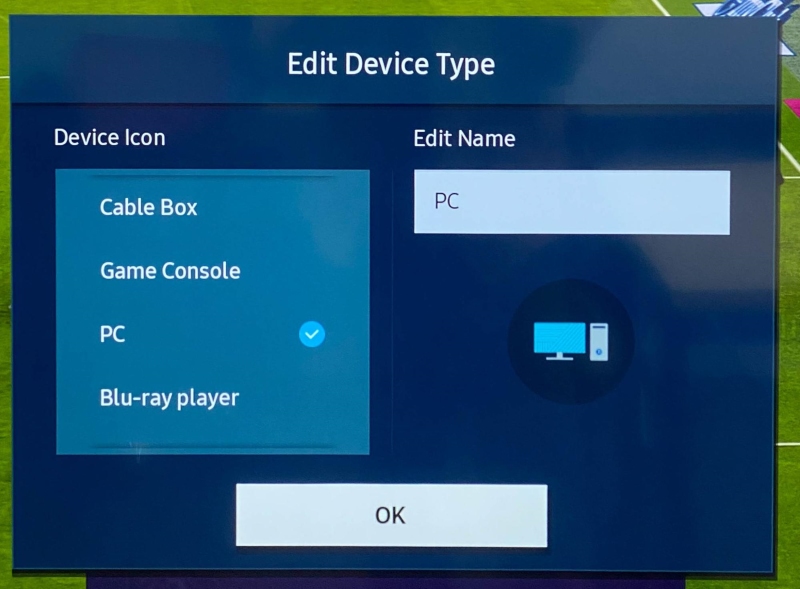
If you’re having issues with your game feeling a bit slow, try this trick.
Just go into your TV’s settings and change the HDMI input label for your game console to “PC.”
Here’s a summary table showing how to change the HDMI input label on popular TV brands:
| Samsung | Press the Home button on the remote > Source > Select the current HDMI input > Edit > Select PC label and press OK |
| Sony | Settings > Channels & Inputs > External inputs > Manage inputs > Select the current HDMI input > Label > Select Game label |
| LG | Press the Home button on the remote > Home Dashboard > Select burger icon > Edit > Edit Inputs > Select the current HDMI input and change the label to PC |
| TCL | Press the Source button on the remote > Select the current HDMI input > Select Game Console label |
| Roku | Settings > TV Inputs > Select the current HDMI input > Rename > Select Computer label |
3. Disable Noise Reduction
Did you know that turning off the Noise Reduction feature on your TV can make things like games run smoother and faster?
Noise Reduction is called different things on different TVs – like ‘Random Noise Reduction‘ on Sony TVs and just ‘Noise Reduction’ in the Picture Clarity Settings on Samsung TVs.
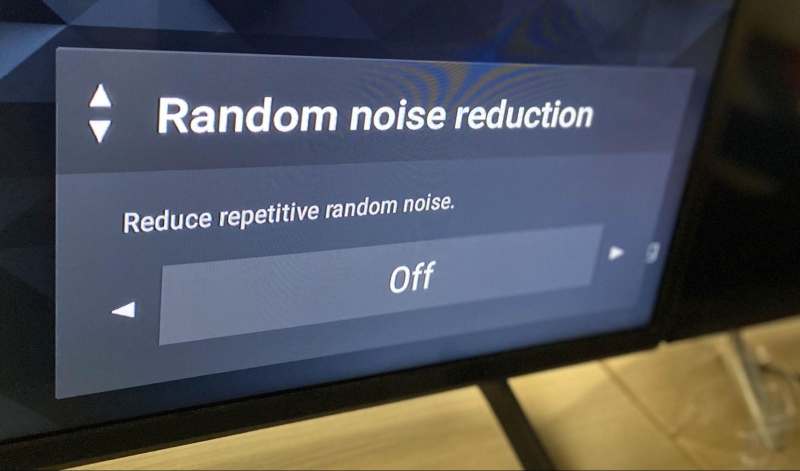
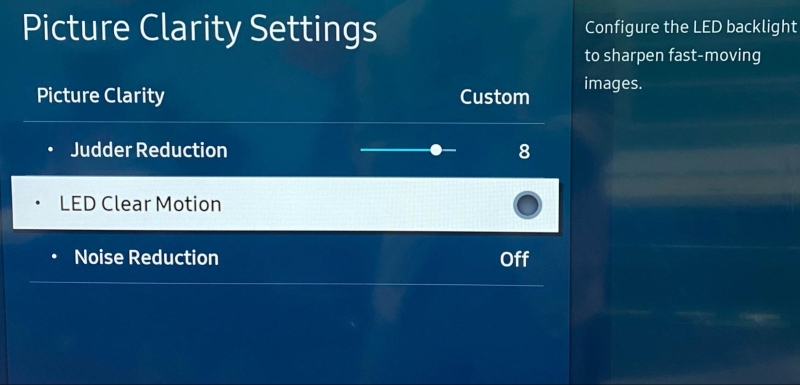
This feature tries to make the picture look clearer and less grainy, but it can slow things down due to the additional processing time required.
When you turn it off, your TV might not look quite as sharp, but your games or any live stuff you’re watching will react faster, which is really cool for gaming or when every second counts.
4. Disable Motion Smoothing
If you enjoy gaming or using interactive media on your TV, there’s a helpful tip you should know about.
It’s called “turning off Motion Smoothing.” This feature is on by default on many modern TVs, and it’s supposed to make fast-moving scenes in movies look smoother, kind of like how soap operas look.
But, when you’re playing games, it can actually make things worse by causing a delay. This happens because the TV is busy adding extra frames to the picture.
Turning off Motion Smoothing can make your games respond faster and feel more accurate, which is great for your gaming experience.
If you’re not sure how to do it, just look up how to turn off Motion Smoothing for your specific TV model online.
For example, if you have a Sony TV, you would need to go to Settings, then Display & Sound, then Picture adjustments, choose Motion, and finally turn off Motionflow.
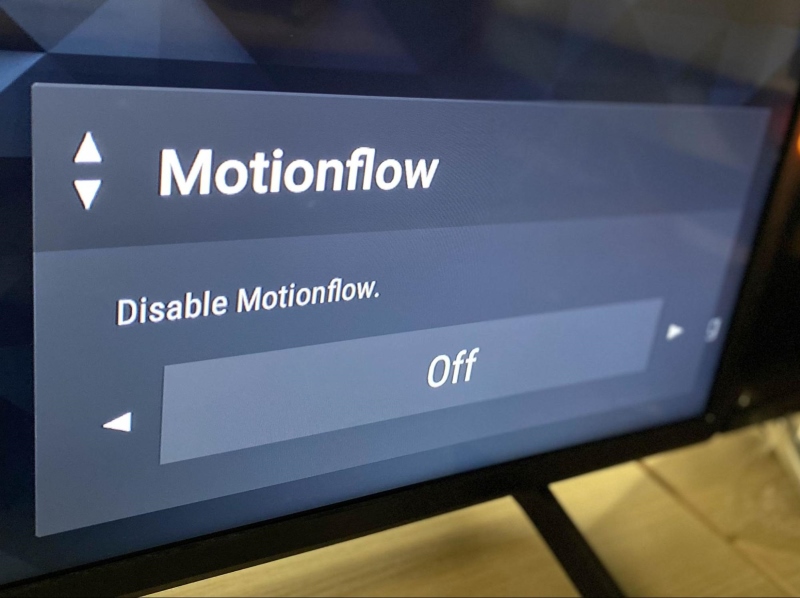
5. Turn Off HDMI CEC
Did you know that there’s a cool feature on your TV called HDMI CEC?
It’s pretty nifty for controlling different devices with one remote, but it can sometimes make your video games lag a bit.
This means your game might not respond as quickly as you want it to.
To fix this, you can try turning off the HDMI CEC feature before you start playing your favorite games.
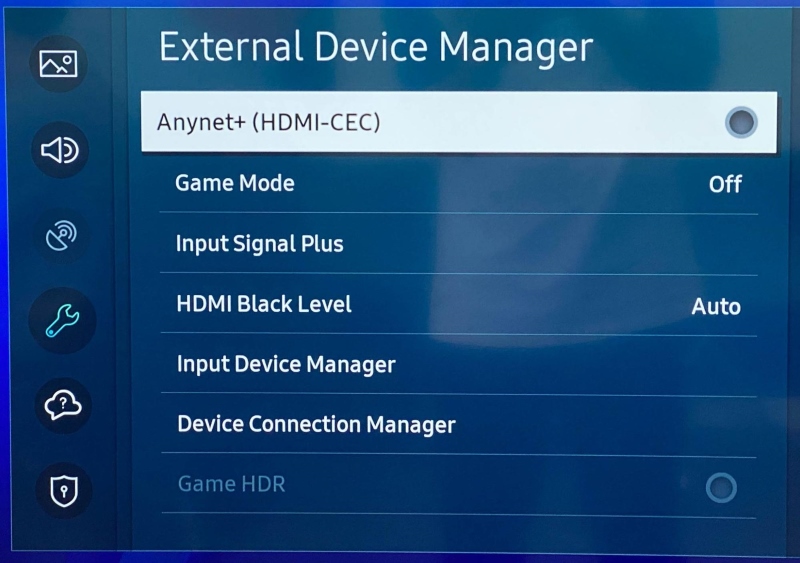
By doing this, you’ll probably see that your games run smoother and your moves happen faster on the screen.
It’s a simple trick, but it can really make your gaming experience a lot better!
6. Test Multiple HDMI Display Ports
Most, if not all, users are aware that televisions and monitors come with multiple ports.
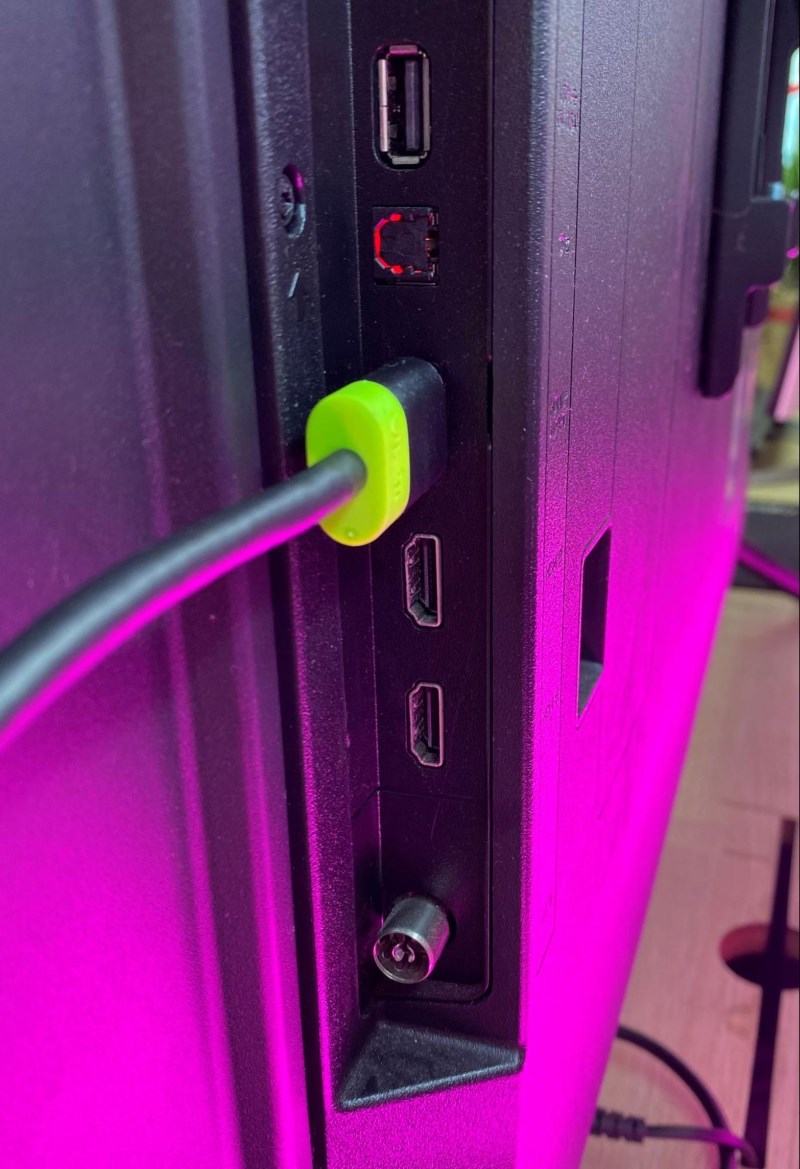
What they might not know is that different ports have different input lag levels.
Aside from this, some devices have special ports designed for gaming. These ports offer faster response times.
If you’re concerned about HDMI input lags, it’s best to test multiple ports to determine which one suits your preferences best.
7. Use a Good-Quality HDMI Cable
Another reason users experience HDMI input lag is that they use underperforming or damaged cables.
Hence, you must choose a good-quality cable.
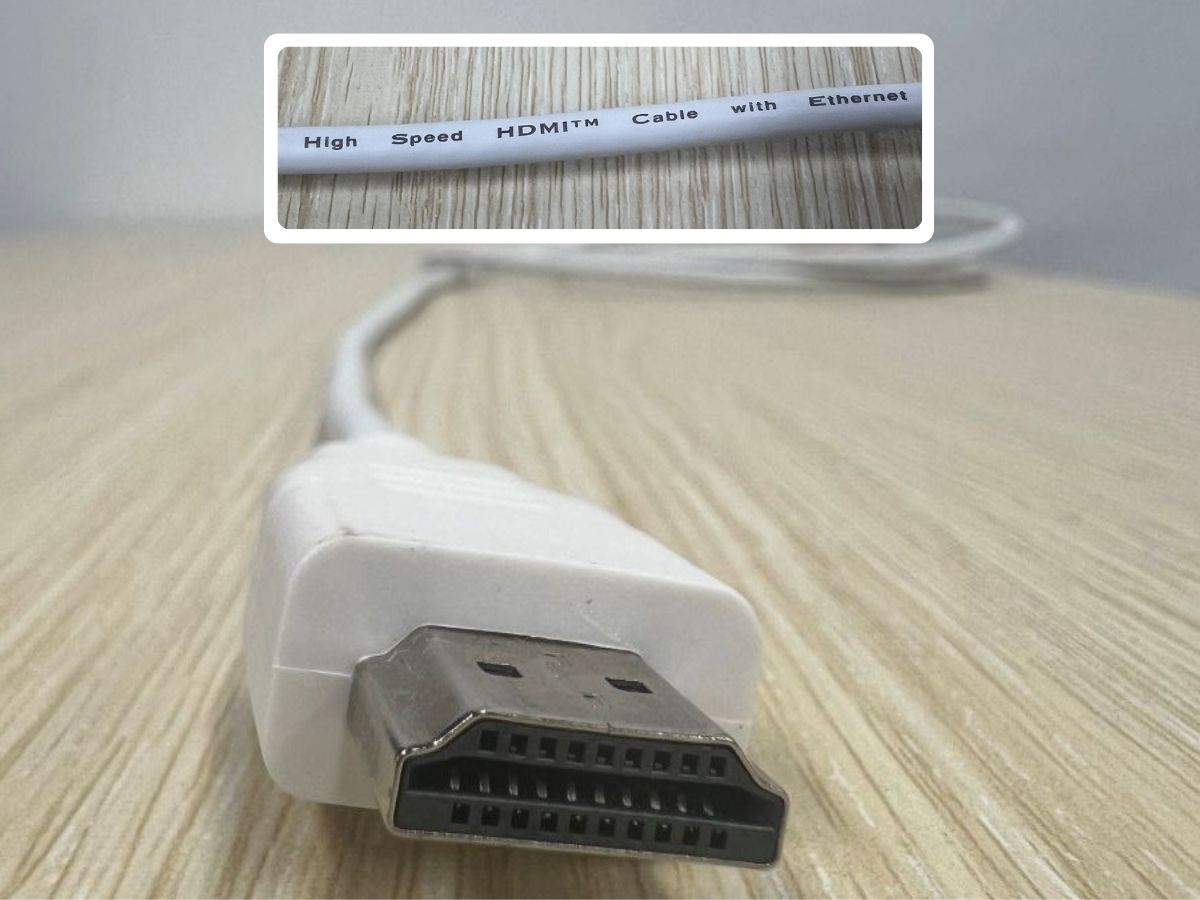
The ideal way to go about this is by testing various cables and comparing their results.
Poor-quality HDMI cables are likely to cause a delay in information transfer between your game console and television.
8. Turn Off the Ambient Screen & Saving Power Settings
You might think that the Ambient Screen and Saving Power settings on your TV are important.
Well, they’re actually pretty neat, but they can slow down how quickly your games or shows respond when using HDMI.
It’s like when you’re playing a video game, and it takes a bit longer for your character to jump or move – that delay can be because of these settings.
So, if you want your TV to respond super fast and make your gaming or watching experience smoother, it’s a good idea to switch these settings off.
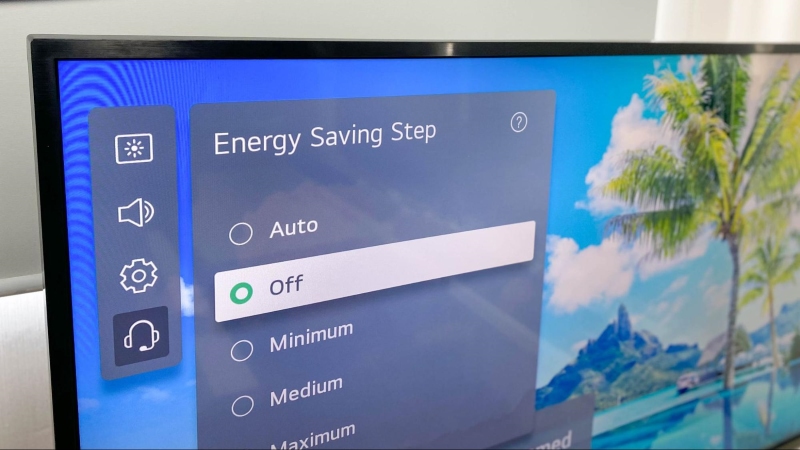
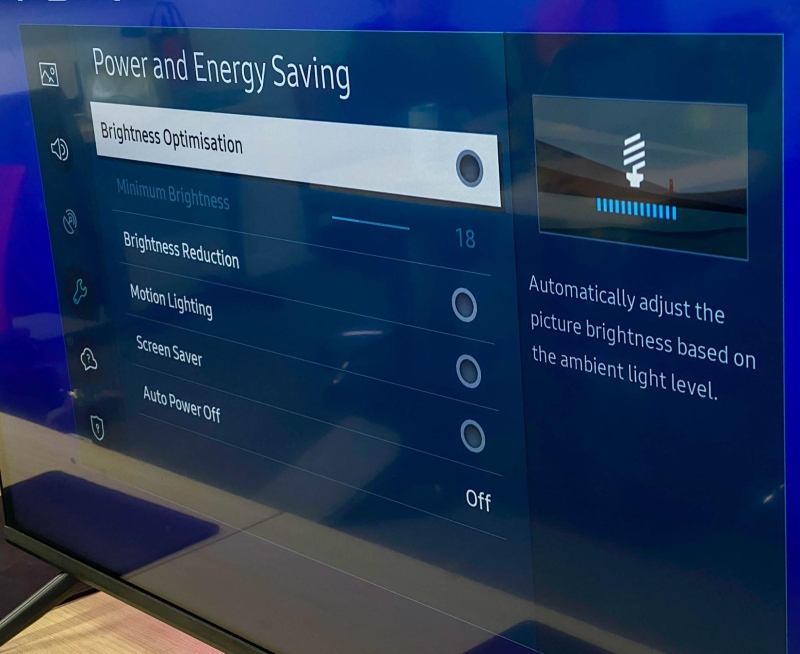
Just a simple change, and you’ll notice how much more fun and responsive everything becomes on your screen!
9. Avoid Using Intermediate Adapters
Particular adapters like HDMI-composite or HDMI-VGA adapters significantly increase input lag.
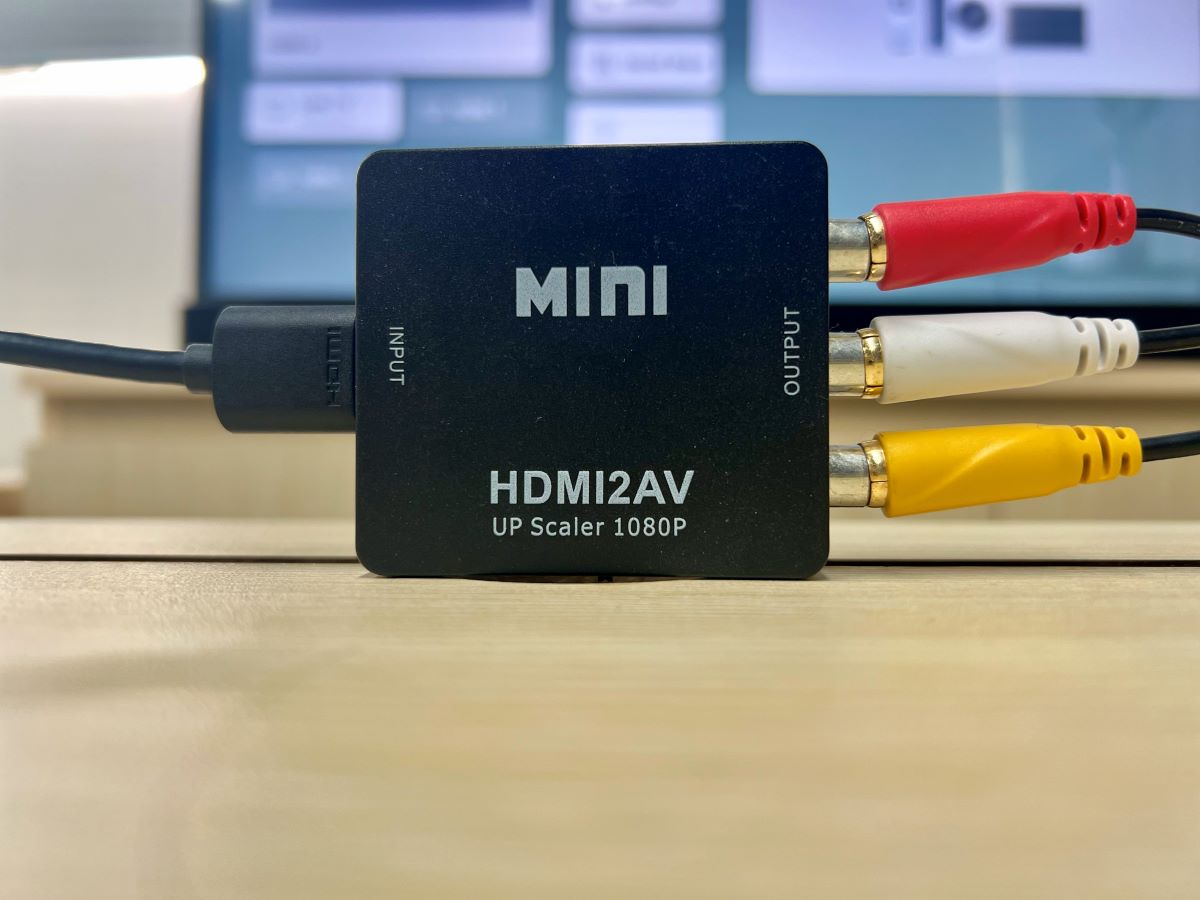
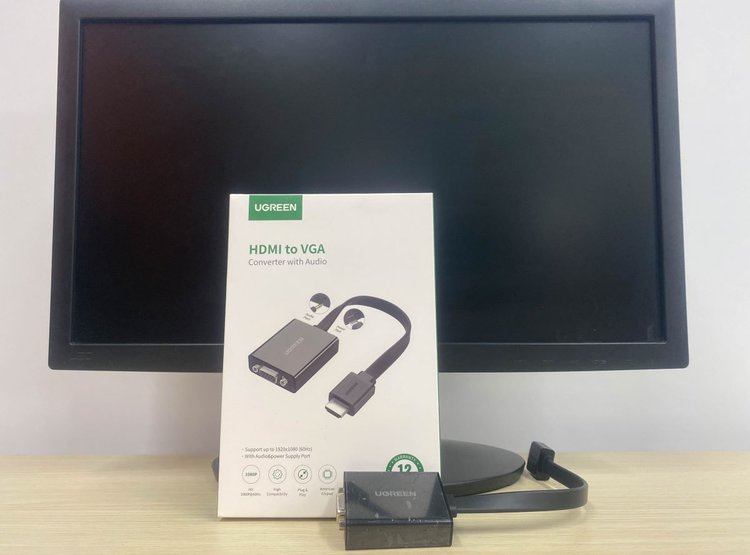
They tend to lower response rates and have detrimental effects on your game console.
Ultimately, your system’s efficiency and performance will be compromised.
The idea is to avoid adding devices to your system that don’t serve any purpose.
Most importantly, steer clear of those devices that hinder tasks requiring responsive inputs.
10. Lower Your Game’s Resolution
Another easy way to reduce HDMI input lag is by lowering the resolution of your game.
A resolution of 720p or 1080p will raise the frame rate, helping your game perform better. You can reduce it further if you like.
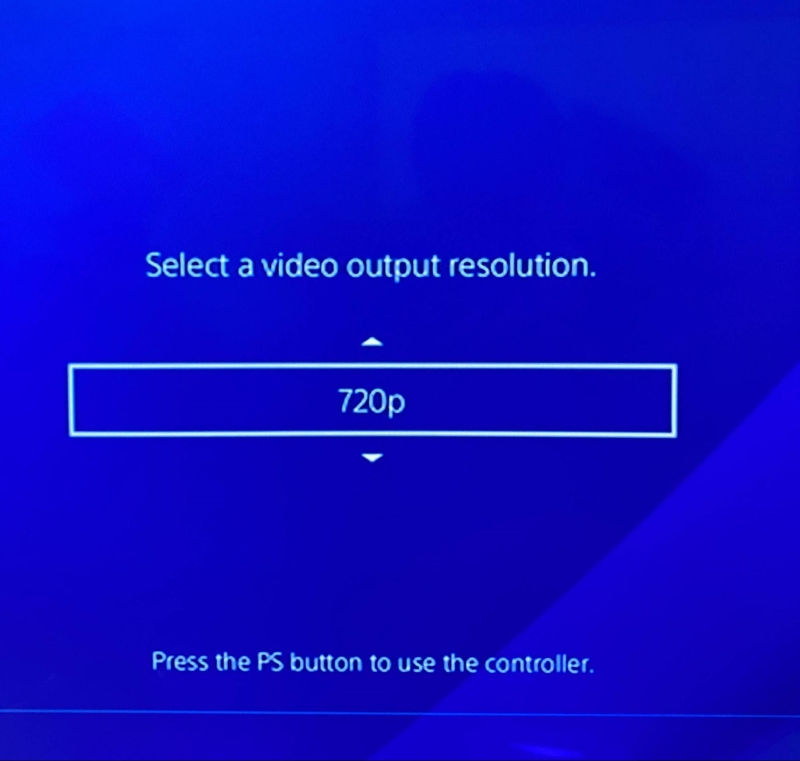
A low resolution reduces the burden on the graphics processing unit and increases the frame rate. This ultimately affects the input lag.
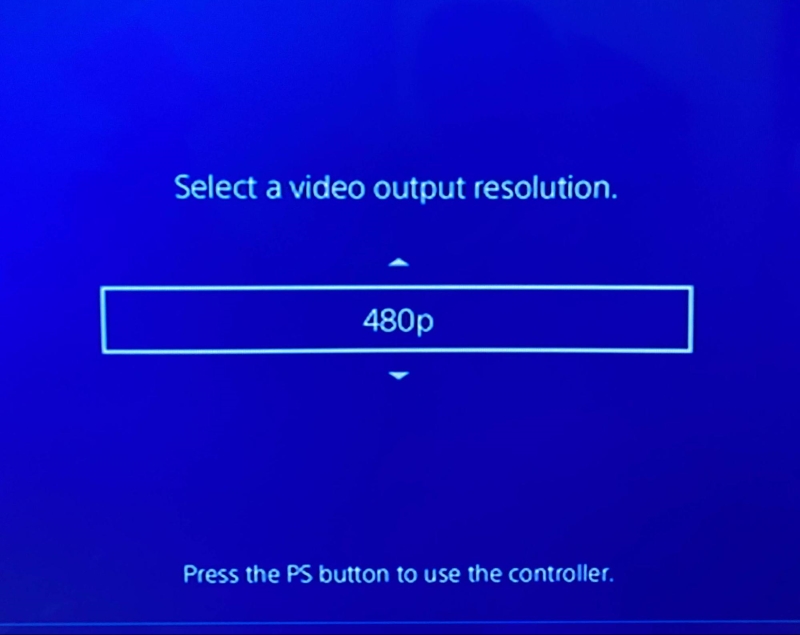
11. Use External Speakers
Using external speakers instead of the built-in ones in your TV can also contribute to reducing HDMI input lag.
The processing involved in outputting audio through the TV’s internal speakers can sometimes add a slight delay to the video-audio synchronization.
This is especially true for TVs with advanced audio processing features.
By using external speakers, you can bypass the TV’s audio processing, potentially reducing the overall input lag.
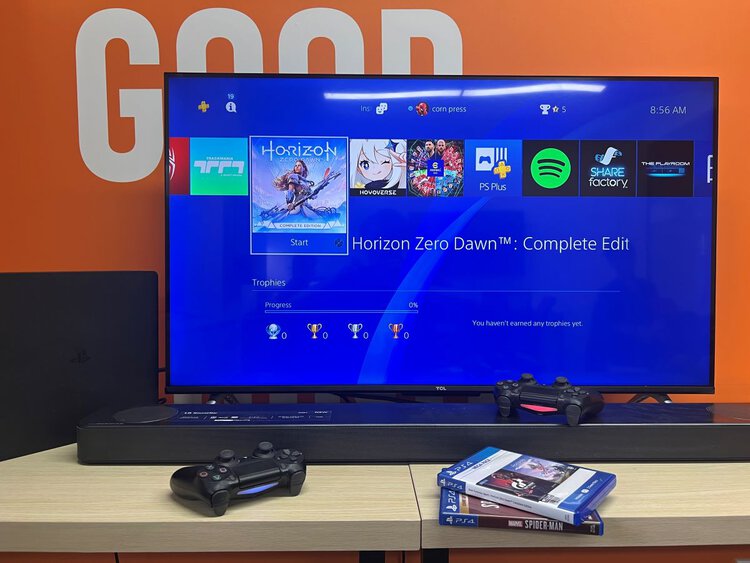
This setup is often preferred by gamers and home cinema enthusiasts who seek a more synchronized and immersive experience.
12. Upgrade to a Newer TV Model
If you’re using an older TV model, the aging hardware might be contributing to increased HDMI input lag.
Over time, the efficiency of electronic components can degrade, leading to slower processing times.
Upgrading to a newer TV model can significantly enhance your gaming experience, not only through reduced input lag but also by offering improved picture quality and additional features.
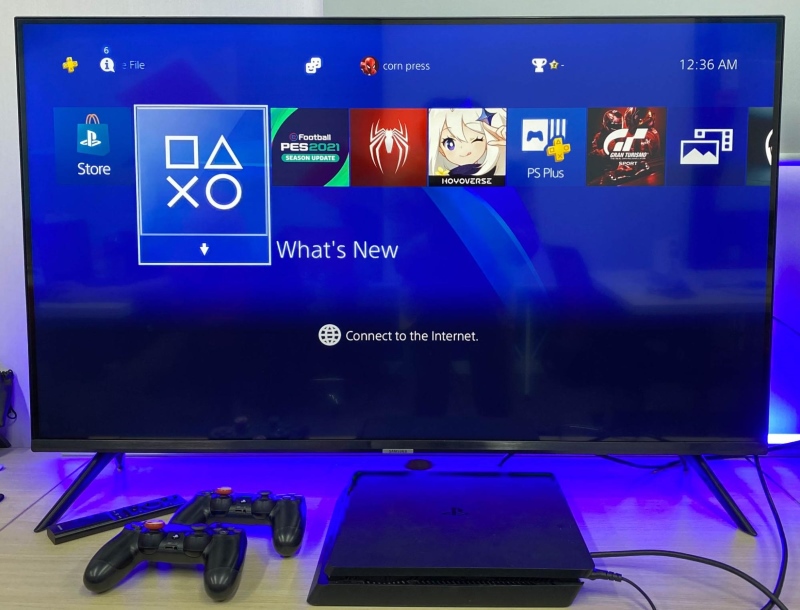
VRR can greatly reduce screen tearing and stuttering in gaming, providing a smoother experience.
Additionally, for users with newer generation consoles like the PlayStation 5 or Xbox Series X, selecting a TV with a 120Hz refresh rate capability, such as Sony A80J OLED, will unlock the full potential of these consoles, offering a highly responsive and visually stunning gaming experience.
Meet Vance. He’s a proud dad, a seasoned Electronics Engineer, and an avid tech lover. His proficiency in electronics and troubleshooting skills were instrumental in crafting Pointer Clicker. Vance is passionate about simplifying tech for those who aren’t well-versed in it.


very useful in very short sentences
Step 2 fixed my problem. It’s fascinating the layers of technology between the PC and the TV trying to be “helpful” that can actually make the problem worse!